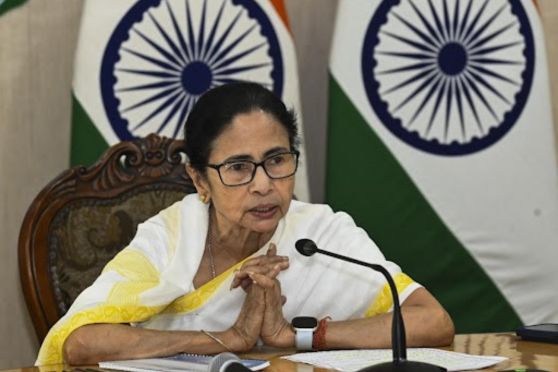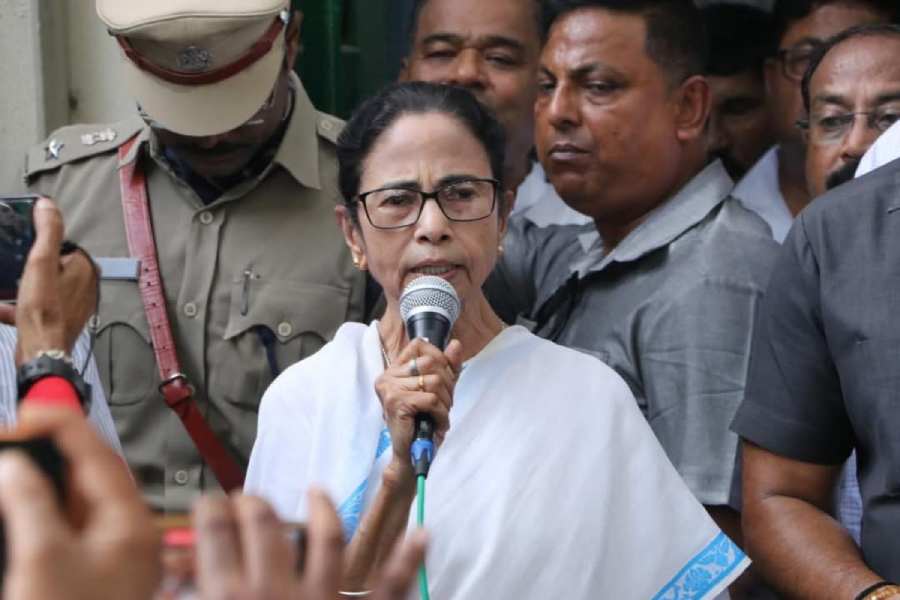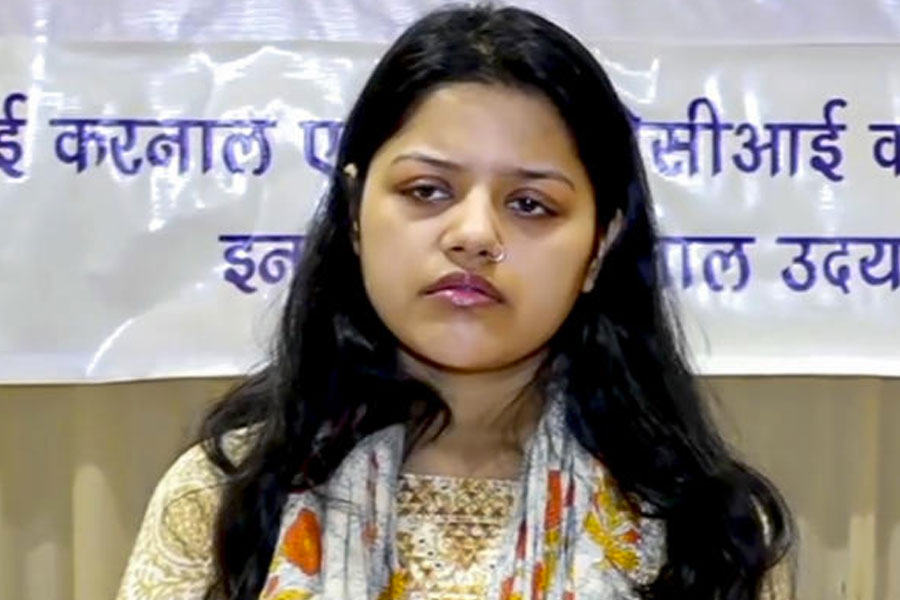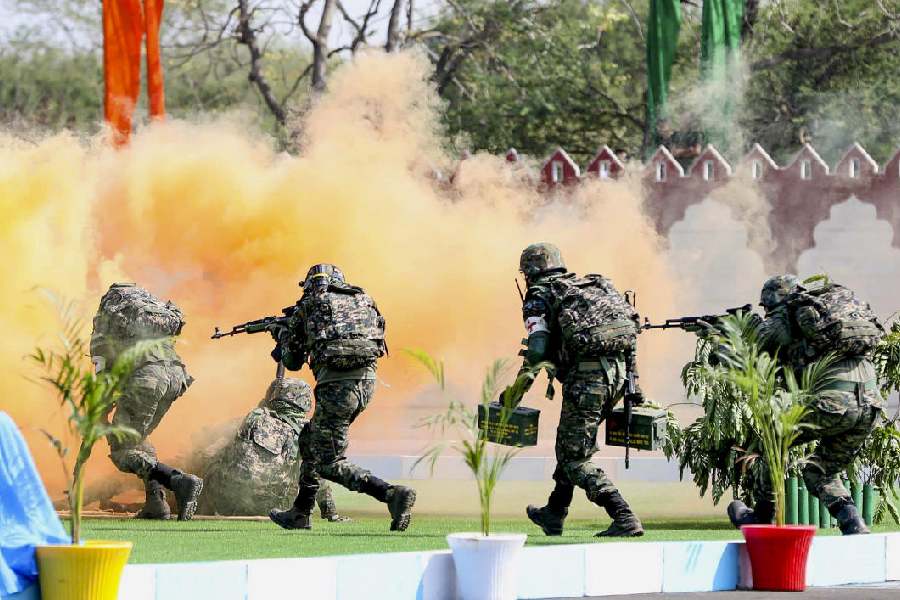The author recounts her encounter with a devadasi
The story goes back to the time when I was in Vrindaban, living in the city of Gods, among pimps and prostitutes. And a few good men and women.
I would sit in front of a temple atop a hillock and gaze at the serpentine lanes below, chock-a-block with people every evening.
During my stay I had seen only one devadasi, although I had heard a lot about them.
She was a dancer at the Rangaji Temple. What fascinated me most about her was her colourful ghagra that billowed out like an umbrella. I often used to watch her dance and also found her looking up at me.
Though we did not speak, I soon realised that silence had drawn us closer. It was as if we were friends.
Whenever the idol of Ranganath was brought out for parikrama around the town, the devadasi, dressed in her best, used to venture out of her quarters. In her intricately designed ghagra, she looked like a peacock which preens to show off its plumes.
She was not young, though. The fire of youth had gone out of her body — her breasts had drooped and her neatly tied hair had taken the colour of a worn out copper vessel.
But there was a spring in her step and she was still a graceful dancer. I would watch her dance during the parikramas of the idol and she would lead the way with a magnificent performance.
One day, I followed her to Amrakunj on the Rangaji Temple premises. She sat there on a slab of stone. The moment she saw me, she threw one question after the other at me. Needless to say, I was taken aback.
“Who are you? Where are you from?
“How did you become a widow in such a young age?”
“Why are those boys following you?...
I looked back and saw them. They were always there, wherever I went to collect data for my writings. They probably thought I was another widow deserted by her family and therefore, an easy pick.
Later on, things came to such a pass that I had to ask my teacher, late Upendra Chandra Lejkharu, to accompany me on my data-collection trips.
That day I did not reply to a single question. But later on, the devadasi and I grew very fond of each other.
“Nowadays, people have erased the difference between devadasis and prostitutes. It was not like this earlier,” she told me one day.
I was stunned. Assam was, perhaps, the only place where a devadasi was given the royal crown. Looking at me with her kajal-rimmed eyes, the devadasi gave a yelp of surprise.
“What? A devadasi had worn the crown and ruled a kingdom?”
I told her that not only that, the Ahom kingdom had even issued coins in the name of queen Phuleswari. And that she used to move around her kingdom on the biggest and tallest elephants.
Eyes wide open in astonishment, she had looked at me for some time and then tittered in amusement. “The biggest elephant?”










